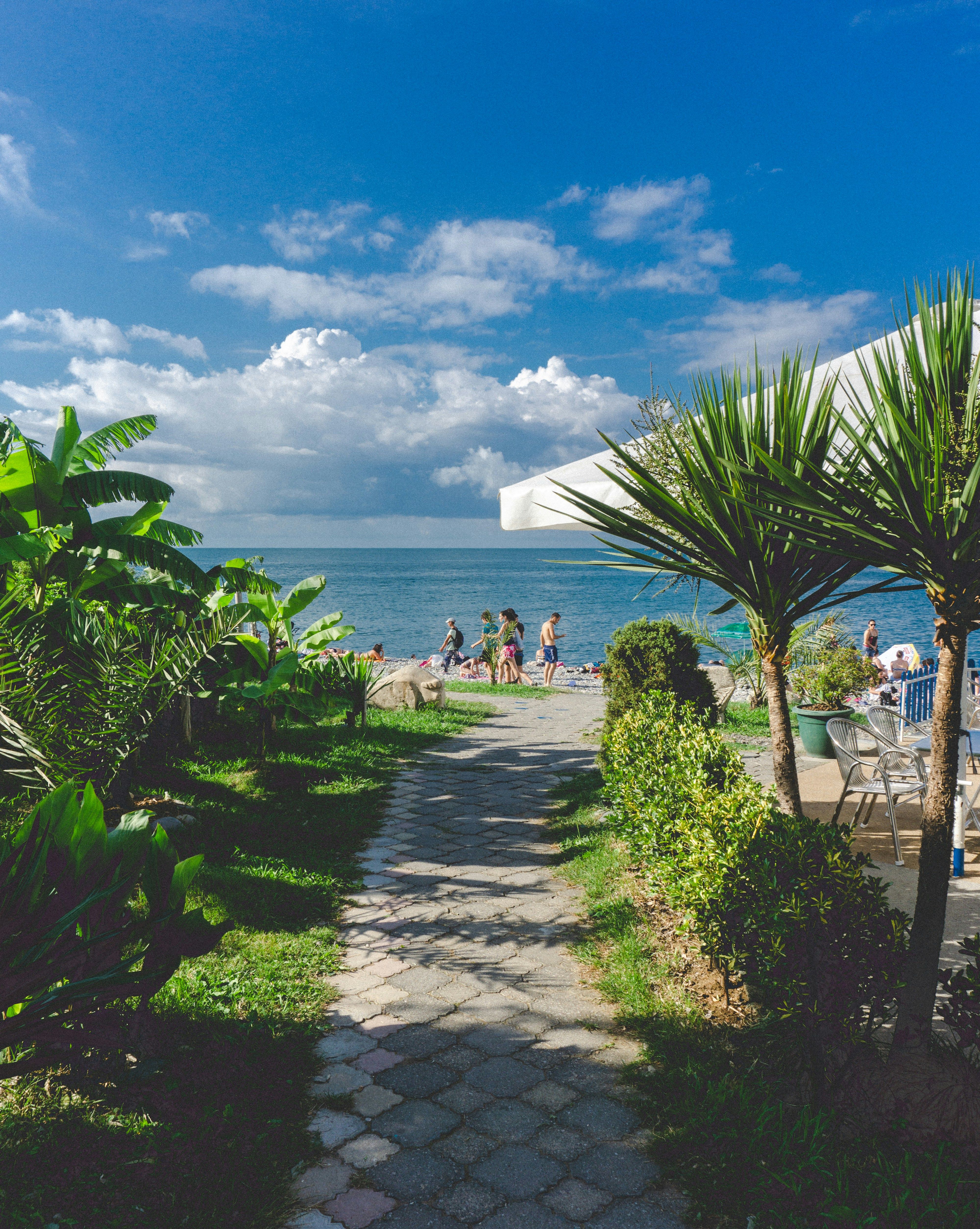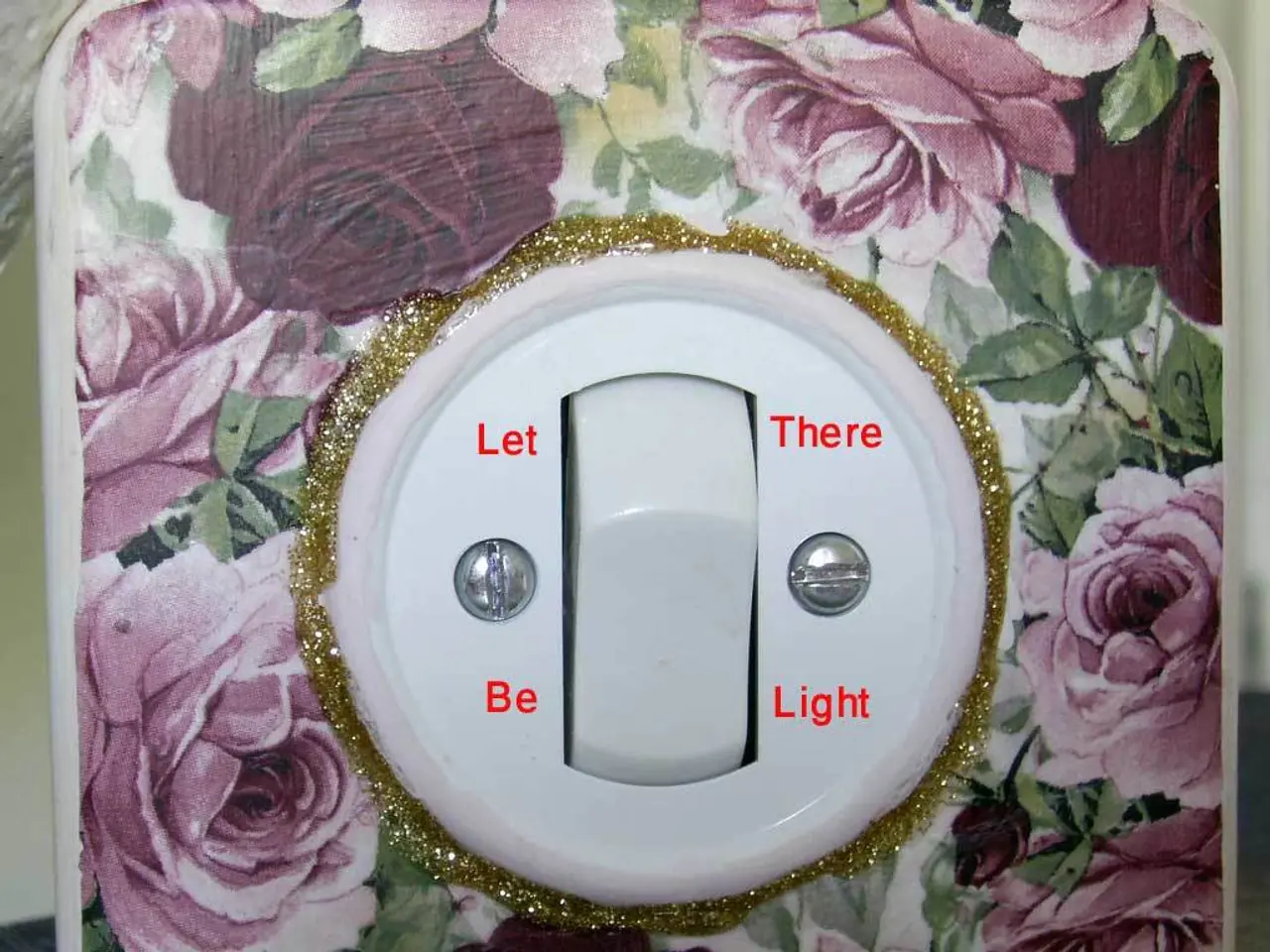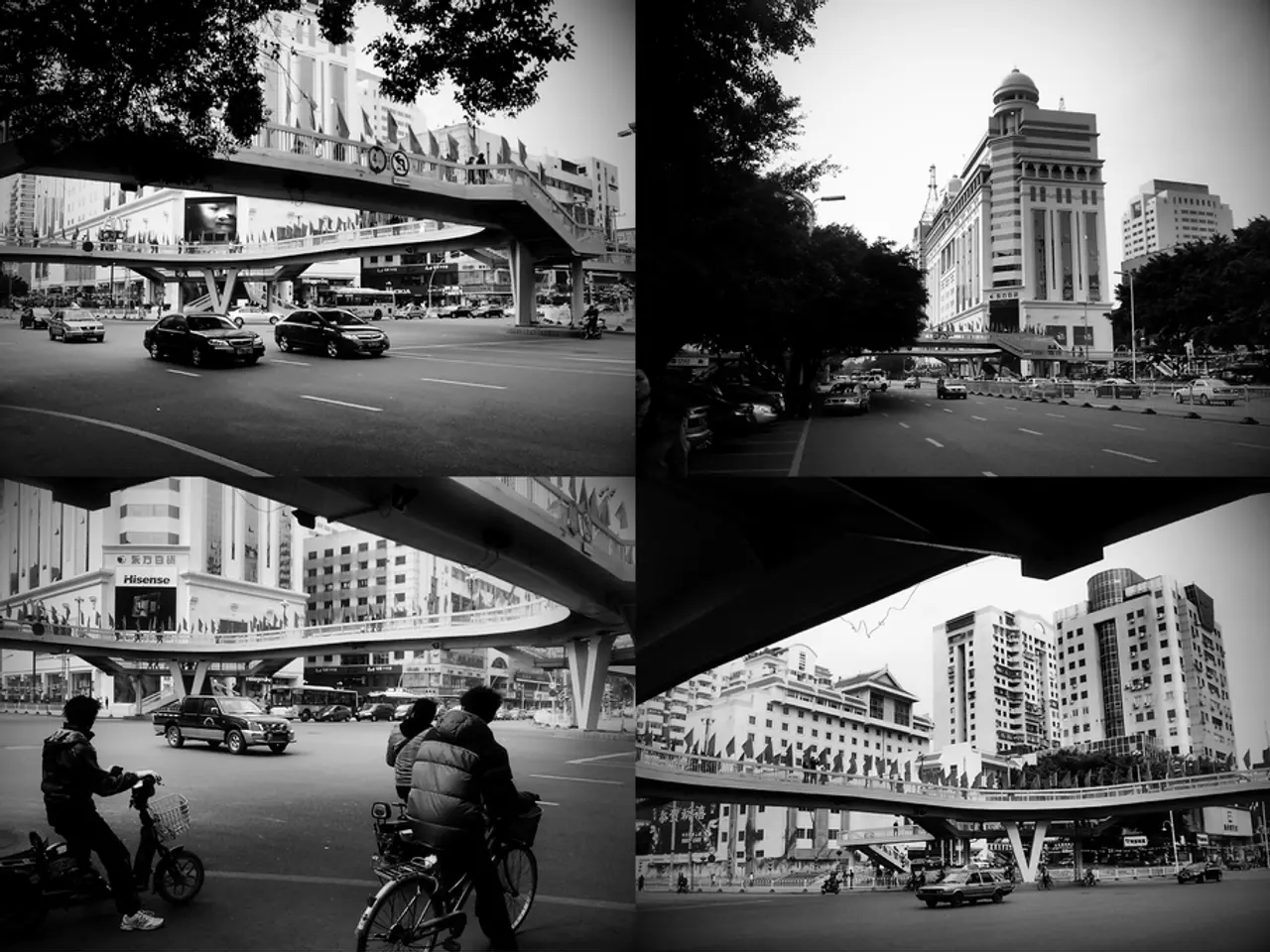Capturing a Partial Solar Eclipse Using a Smartphone: A Comprehensive Guide
Partial Solar Eclipse Set to Grace Skies Worldwide on March 29, 2025
On the 29th of March, 2025, a partial solar eclipse will take place, offering spectators a captivating celestial event. During this phenomenon, the Moon passes between the Earth and the Sun, thereby partially obscuring the Sun's radiant glow.
The spectacle will be visible from various regions:
- The North-Eastern United States
- Eastern Canada
- North and Western Europe
Timeframes for the eclipse vary based on location:
- New York: 6.44 am to 7.04 am
- Montreal: 6.39 am to 7.13 am
- London, Dublin: 10am to midday
- Berlin: 11.30 am to 1 pm
- Oslo: 11.30am to 1.19 pm
To determine the specific viewing time for your location, consult timeanddate.com. A cloud-free sky will enhance the viewing experience.
Viewing Safety Measures
To safeguard your eyes, observe the eclipse exclusively through certified solar eclipse glasses or binoculars, specifically models from Celestron such as:
- 4-Pack Glasses with Guidebook
- 2-Pack 2x Magnification Glasses
- EclipSmart 10×25 Solar Binoculars
Never gaze directly at the Sun, as it can cause irreversible eye damage, even during the eclipse. Furthermore, refrain from looking through a telescope or binoculars without adding a proper solar filter.
Photography Guidelines
Photographing the eclipse requires careful planning and technical preparation to secure high-quality images while maintaining safety precautions.
- With a DSLR or Mirrorless Camera: A solar filter is necessary, and a telephoto lens (or telescope) will capture close-up shots, while a wide-angle lens will capture the broader scene, including the surrounding landscape and people.
- With a Smart Telescope: These devices are equipped with solar filters and are an accessible option. Access our resource on the Dwarf 2 for photographing the sun, as well as tips on using the SeeStar for capturing a solar eclipse.
- With a Smartphone: A solar filter is essential to protect the sensor. Alternatively, consider a device like the Vaonis Hestia. Explore our example on using the Hestia for photographing the sun.
Smartphone Eclipse Photography Tips
- Stability: Utilize a tripod or prop your phone against a secure surface to prevent shaky images.
- Exposure and Focus: Most smartphones have auto exposure, but you can control it by tapping on the screen. Focus on the sun (with the solar filter on) to set the focus. During totality, adjust the exposure to capture the corona's intricate details.
- Zooming: Digital zoom on smartphones often degrades image quality. Experiment with capturing images both with and without zoom (then crop as needed) to see what works best.
- Wide-Angle Shots: Don't limit yourself to the sun; capture the surrounding environment, changing light, and reactions of those around you for memorable photos.
- Burst Mode: Use burst mode to capture various stages of the eclipse, particularly the "diamond ring" effect occurring just before and after totality.
- Video and Time-Lapse: Consider recording a video or time-lapse of the eclipse.
- Practice: Familiarize yourself with your smartphone's camera settings beforehand. Practice taking photos of the sun (with a solar filter) to gain a feel for exposure.
- To capture the partial solar eclipse on March 29, 2025, consider using technology like smartphones, DSLR or mirrorless cameras, or smart telescopes for astrophotography.
- When taking solar eclipse photographs using a smartphone, ensure the sensor is protected with a solar filter, or use a device like the Vaonis Hestia.
- To enhance the quality of your solar eclipse photographs, use a stable platform for your smartphone such as a tripod, and adjust exposure and focus carefully while maintaining safety precautions.
- Observe the solar eclipse exclusively through certified solar eclipse glasses or binoculars like those from Celestron for safe viewing, as gazing directly at the Sun can cause irreversible eye damage.







